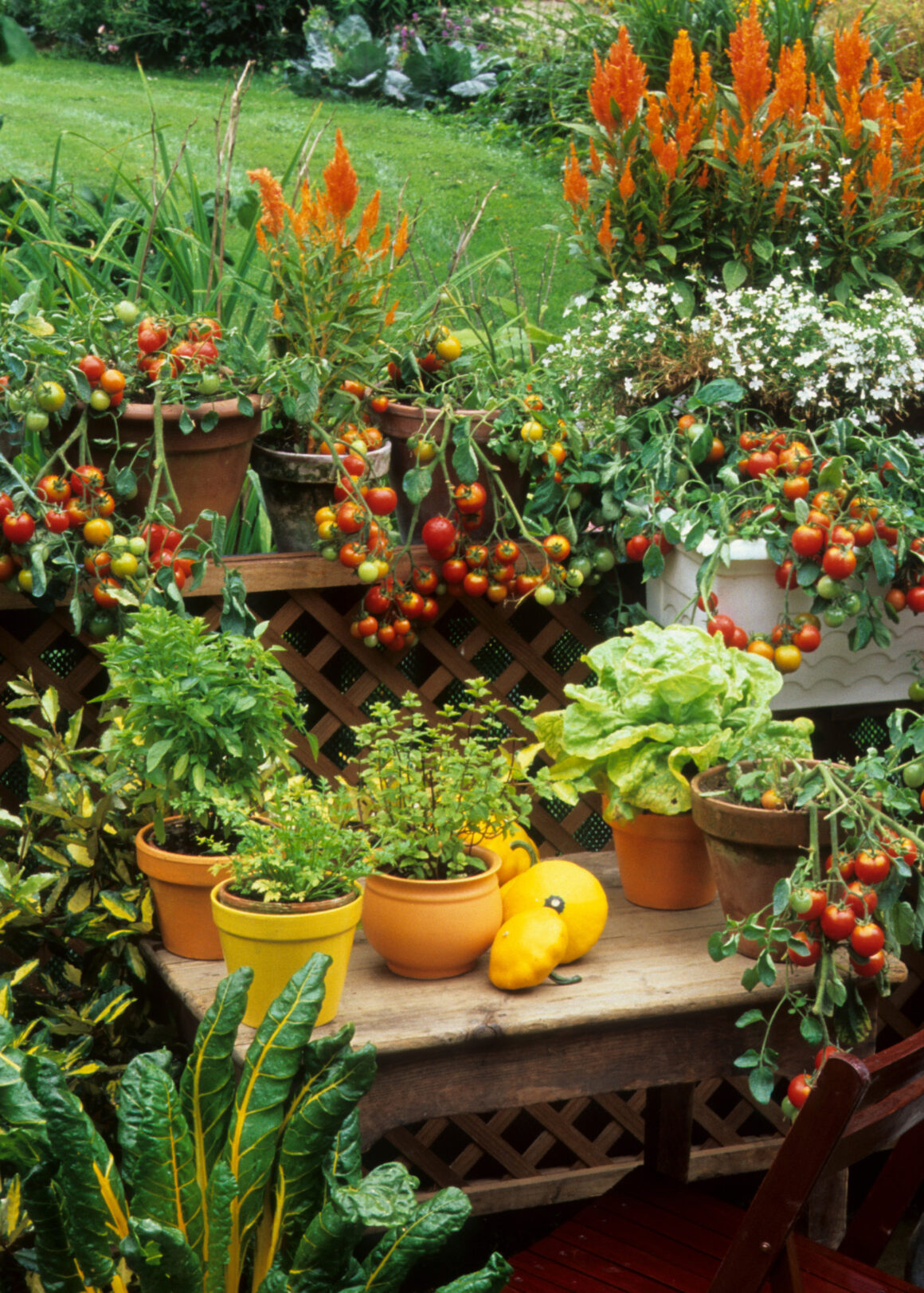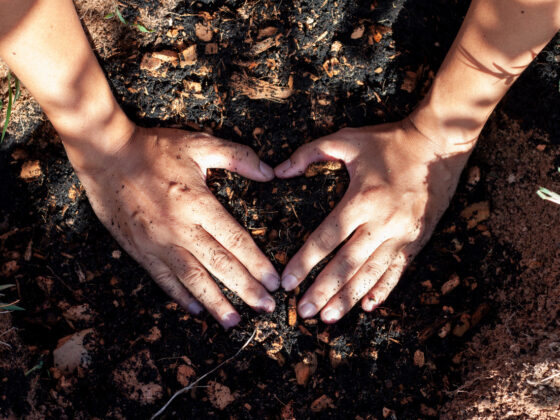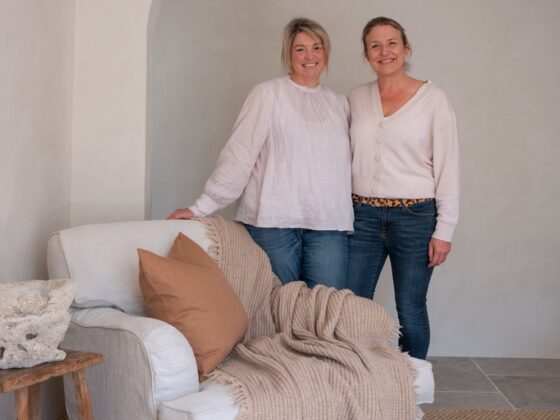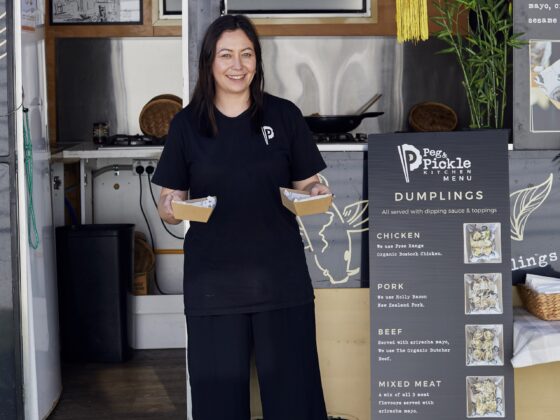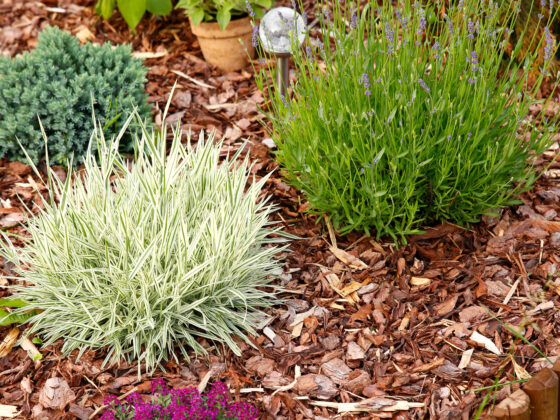Planning your outdoor space and learning to garden can seem daunting in the beginning, but the joy outweighs the trepidation once you dip your toes in and get started. Kelly Jean from Green Door has some excellent tips to get things moving in your backyard.
If you have always wanted to grow your own fruit and veges but just don’t know where to start, or if you even have room on your section, let’s talk through the basics.
Before we start, let’s set some expectations. This helps to avoid disappointment and celebrate the wins. You aren’t going to be self-sustainable in veges overnight. In fact, you may never be self-sustaining but you can always grow something, and you’ll find as you become more confident and gain some experience, you’ll be able to grow more than you thought you could.
It doesn’t have to take up a lot of time; a walk around the garden once a day to keep an eye on things as they’re growing may be enough. In summer you will need to do some watering and harvesting every day or two. You might even find that you grow to love being out in the garden!
The most important factor to consider is sunshine. If you want to grow fruit, you need a full sun position to get good results. If your spot is shady or part sun-shade, you’ll get better results with vegetables.

Think outside the box if space is limited. Small section sizes make it a challenge, but it’s very doable.
You don’t need a designated garden specifically for growing food. If you have existing garden beds, tuck your vegetables and fruit trees/bushes in amongst the existing flowers and shrubs. Veges can look pretty in their own right, adding colour and texture. Prioritise the sunny spots for growing fruit. If you already have some pots, plant them out in a selection of herbs and veges.
Pots are a wonderful way to grow fruit trees/bushes. The important aspect is to make sure they are a generous size (at least 40L). Or if you start in a smaller pot, be prepared to move them into a larger pot as they get bigger.

If you want to grow stone fruit trees – think peaches, nectarines, cherries, plums … – some varieties have true dwarf variations such as nectarine ‘Garden Delight’ or peach ‘Pixzee’. These are excellent for in the ground or in a pot.
If you want to grow a plum or cherry, which unfortunately do not have dwarf varieties, you can plant them in a root restriction bag, which will help to restrict their final size. They range from 20 L up to 40 L – the smaller the bag, the smaller the final size of the tree. The bonus with these restriction bags is that you can safely dig up the trees and move them, or take them with you if you are in a rental property.
If you want to grow pip fruit – apples, pears etc. – there are true dwarf varieties like apple ‘Croquella’, columnar varieties like apple ‘Scarlet Spire’ that are tall but narrow, and a range of rootstock options that restrict the overall size of the tree. Pip fruit can also be espaliered – grown flat along a structure – very successfully.

Citrus grow beautifully in pots and can easily be trimmed to keep them to a manageable size.
Growing berries is quite straightforward in pots or in the ground. Blueberries grow successfully, just choose a smaller growing variety like ‘Blueberry Muffin’ if space is limited. There is a dwarf variety of raspberry called ‘Mini Me’ which grows to just 50 cm high, and black or red currants are easy options too. Strawberries are great edging plants or excellent grown in a pot. Plant plenty if you want to enjoy them often!
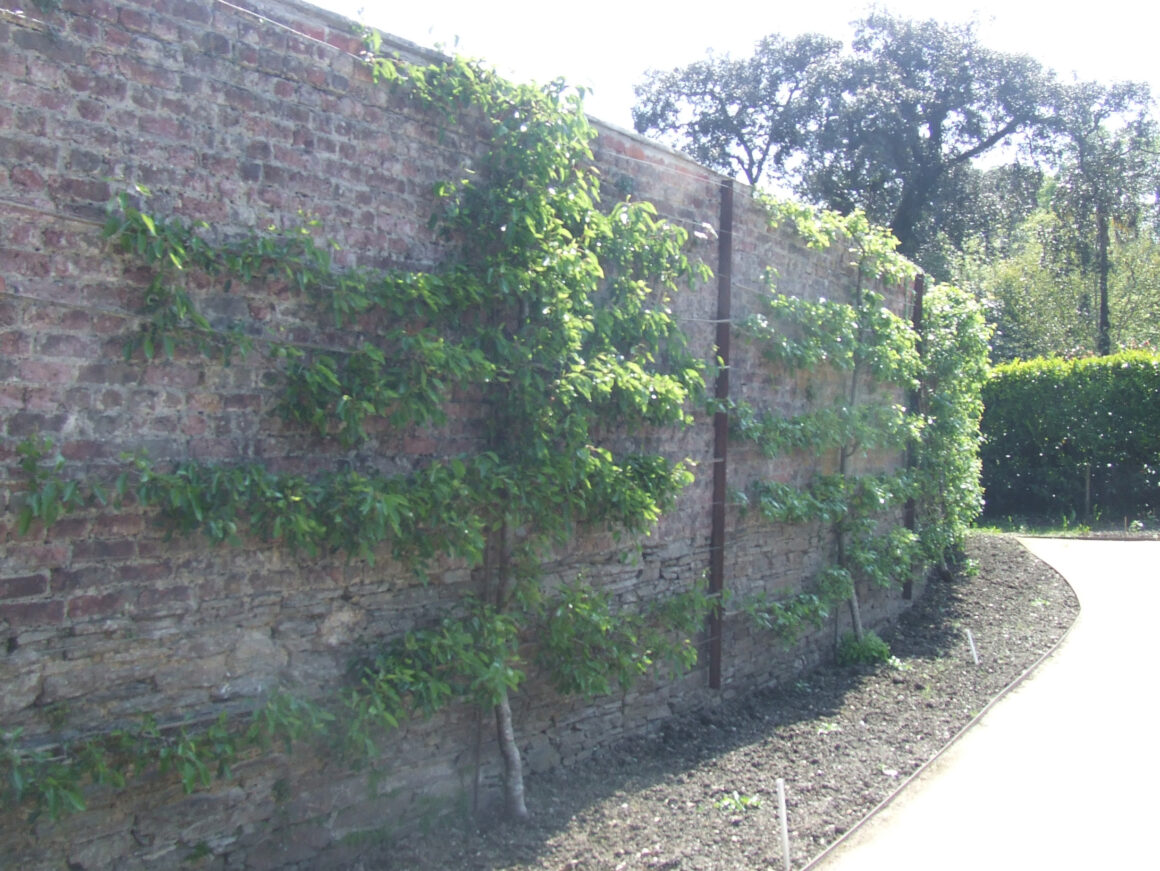
Larger growing brambles like thornless blackberry ‘Black Satin’ or ‘Thornless Delight’ can be grown successfully in small spaces, as long as you have a structure to grow them along that gets part–full sun. Choose a thornless variety – your arms will thank you.
If you are not sure where to start, start with herbs – a simple starting point and a flavour boost for your cooking. In a pot or in the ground they will grow happily and often self-seed which is a bonus! Parsley, chives, oregano are the simplest options to start with. Basil only grows in the summer heat. Coriander does best in the mild shoulder seasons. Mint loves shade and damp soil and should only be planted in a pot with a saucer to stop it running rampant through your garden.

Herbs that are permanent shrubs, like rosemary, bay tree, sage … can be incorporated into the garden as useful structural plants. They love full sun and well-drained soil. You may need to put them in a pot to supply these conditions.
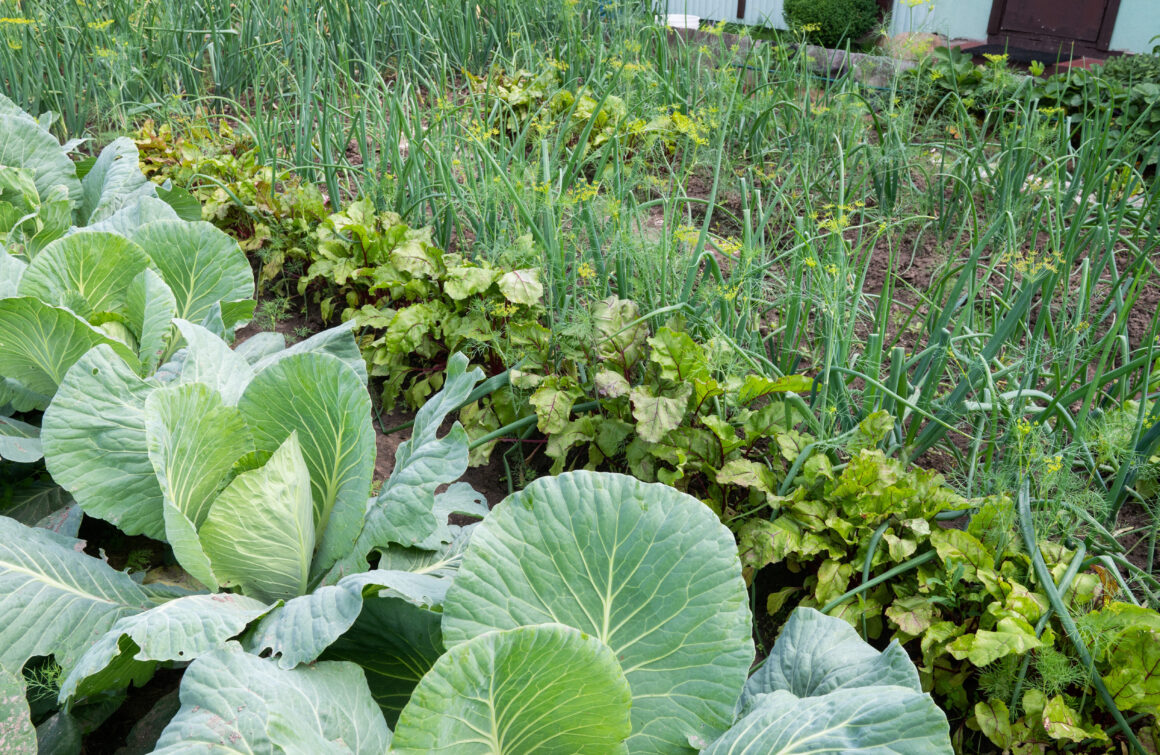
Make sure that you grow what you like to eat! There is no point wasting precious space on food that goes uneaten.


Brassicas (broccoli, cauli and cabbage) grow well throughout the year but they are very slow growing over winter and need protection from white butterflies in summer. They also take up a bit of room, so consider the mini options that are a little smaller in size or side sprouting options like broccoletti that keep producing side shoots.


The frost-tender summer veges, like tomatoes, cucumbers, courgettes … have to be planted after the threat of frost has passed – usually after Labour Weekend.
You can use your vertical spaces to grow plants that scramble, like cucumbers and pumpkins, to make more efficient use of space.
Choose varieties that have smaller-sized veges, so you get veges faster and more often:
– ‘Bull Horn’ peppers instead of traditional capsicums
– ‘Snacker’ cucumbers instead of telegraph cucumber
– cherry tomatoes rather than the bigger tomato varieties.
A few last words of advice:
– If you are growing in pots or containers, use potting mix with up to a quarter compost mixed in.
– Bigger containers don’t dry out as quickly as small containers.
– Don’t forget to feed your plants – Tui Novatec is a good all-rounder for pots or in the garden.
– Plant a few vege plants every few weeks, this will help ensure all your veges are not all ready at one time.
– Don’t be afraid to try. Imperfect progress is still progress!

